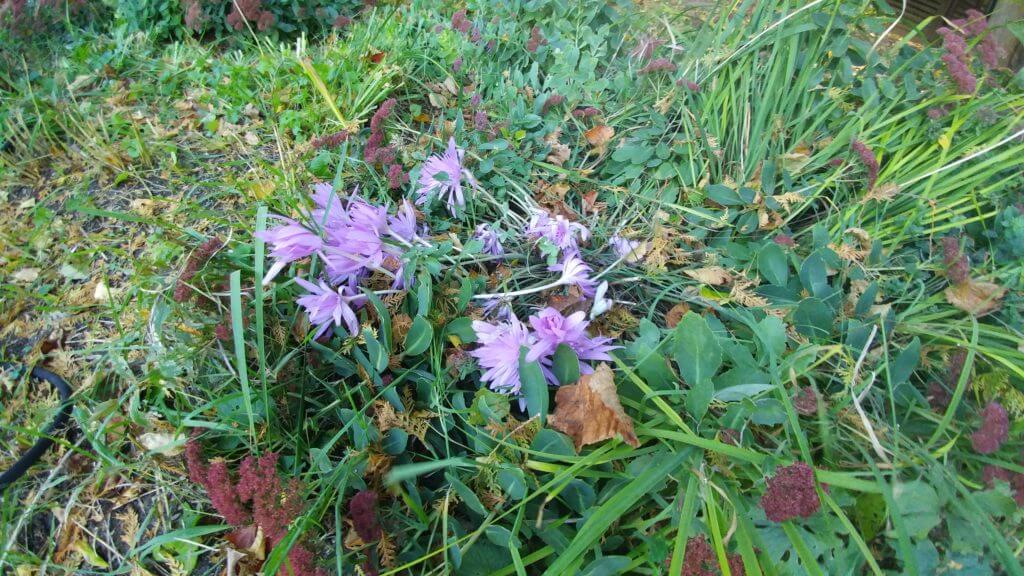You said you wouldn’t, but you did
 Maybe it’s the memory of last spring when the earth exploded with color or the prospect of five months with little or no outdoor gardening that renders us helpless in the face of buying bulbs. Whether from catalogues or the local nursery.
Maybe it’s the memory of last spring when the earth exploded with color or the prospect of five months with little or no outdoor gardening that renders us helpless in the face of buying bulbs. Whether from catalogues or the local nursery.
So let’s get to it!
Where to plant the five gazillion bulbs?
Every gardener has an idea. Some like to tuck them in here and there. Others like large and grand displays. Still others like singles. Whatever your taste or preference, here are some basics.
Inspect the bulbs to make sure they are solid and free from mold. Sort them by how you want to plant them. Prepare the locations by cleaning up any weeds or debris, digging the location to about one-and-a-half to two times the depth of the bulb. Dig in some compost and mix well, and add a sprinkling of balanced fertilizer. Place the bulbs and then decide (see below) whether to put anything as a varmint deterrent with the bulbs. Cover them and put some more compost on top. Votive candles and praying can also help.
Generally narcissus, lilies and daffodils are not subject to the fall critters. Tulips are another issue entirely. A yummy feast on the all-you-can-eat garden buffet. The enemies of bulbs when planted, particularly tulips, are moles, mice and squirrels, then the deer and bunnies in the spring when the first growth appears.
What to do?
Every gardener has a method or idea on what to do to protect tulips. The most elaborate are mesh cages made from chicken wire in the ground that prevents the critters access to the bulbs. Cats, particularly hungry barn cats, can do a great job as well. Another idea is hot pepper flakes spread in the hole, on top of the bulbs and on the ground. Some gardeners like moth balls … probably you do not want to plant veggies in those spots next year. Also a favorite is fritillaria, a lily-like plant that smells like skunk. Plant these near or on top of the tulips. There are also guns (most too big for moles), dogs (or just dog hair) and incantations.
Also consider avoiding attractants such as bone meal, fish oil or the bird feeder if it is close to the garden.
The reality is that tulips have to be treated as annuals and are not good neutralizers (and that is being kind). Their stunning colors and shapes make the effort worth it.
Now that the rant about tulips is over do consider some alternatives, such as colchicum, hyacinths or hymenocallis. Daffodils and narcissi come in an ever-growing array of colors and bloom times to keep your garden show going.
You can plant bulbs as long as you can easily work the soil, but they do like some time to set roots.
The picture here is of colchicum, a very bright spot in the end-of-season garden. These are several years old and naturalizing well.
So, put on the sweater and hat and dig. And next year remember the words of Ian Tyson from “Summer Wages”: “…so I will work on the tow boat with my slippery city shoes, which I swore I would never do again…” But he did, and you will.
Vera has lived in Charlotte for 45 years and in the same house in West Charlotte for 40 years—plenty of time to make every gardening mistake multiple times. She cherishes the local nurseries, the UVM Extension Master Gardener Program and the uncertainty of gardening. And she’s an avid reader of The Charlotte News.

